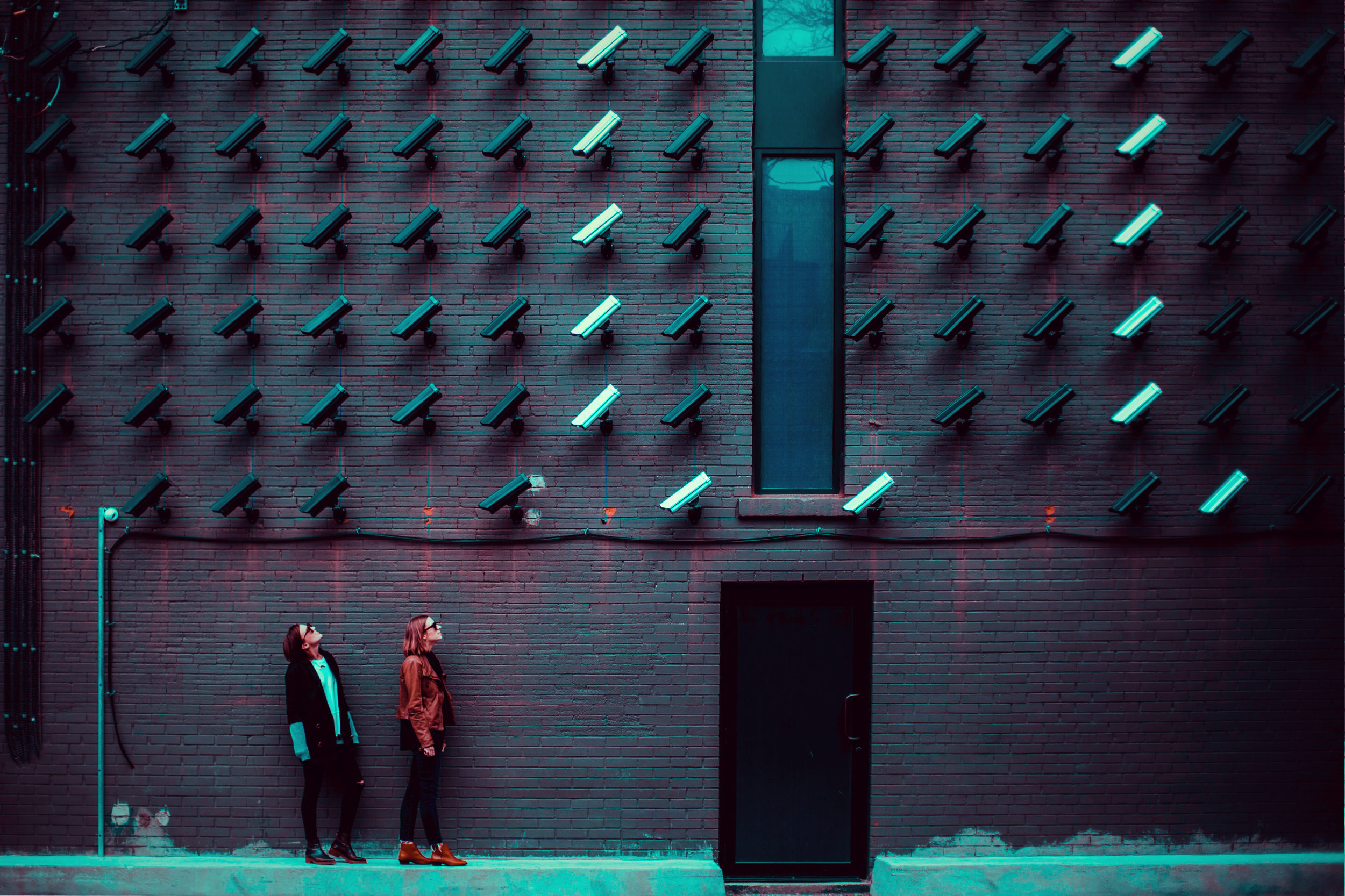Intelligent CCTV cameras are the eyes of the surveillance state. It’s why we all get a little freaked out when a new set of cameras pops up in our city. But I see a secondary, non-privacy-invading purpose for these cameras that could be a very lucrative opportunity.
What if brands from Coca-Cola to Nike were able to identify how their products existed in relation to a given venue (concerts, stadiums, airports, etc)? What if there were a Google Analytics for Buildings?
Google Analytics for Buildings
In the same way Google Analytics enables people to know everything about everyone visiting their websites. A “Google Analytics for Buildings” would allow building owners to identify everything that was entering their building.
This is not a facial recognition idea, though. I’m not referring to a security system or tracking people. This is a market research opportunity for brands. It’s a chance for brands to be able to cross-reference their products and sales with spaces and locations.
Examples are the easiest way to get this idea across.
Airports – Beats by Dre would get a lot of value in knowing the breakdown of people using their noise-cancelling headphones vs. Bose headphones at O’Hare Airport.
Marathons, triathlons, and OCRs – Every athletic apparel company, from Asics to Nike to Puma, would love to know how their products stack up against other performance equipment in these races.
Convenience stores – Snack food companies would benefit from knowing what their snacks are being paired with. This might not work for a single location, but a string of locations would provide a lot of data.
Large spaces with lots of foot traffic where people are there for a specific purpose are jackpots for market research data. All of the above locations (with exception to races) already have surveillance cameras. Applying a computer vision element to them would turn their location into an data insight factory, which they can turn into dollars.
Beyond Logos
There already exists image recognition algorithms that can identify a wide variety of objects. It’s the basis for visual search at Pinterest and Google. Generalized object detection companies like Picterra can count the number of a certain object in an image (i.e. how many shoes are in this image). Additionally there exists software, such as Brandwatch, for recognizing company logos in social media posts – helping companies identify organic brand placement.
But we must go a step further than object recognition and logo detection in order to achieve a Google Analytics for Buildings.
A computer must be able to recognize a Nike shoe when the swoosh isn’t present. It must know how to differentiate the details that make a Beats pair of headphones different than a Bose pair of headphones. A very difficult problem.
eBay has been working on this though:
Brand prediction beyond logo is an example of narrow AI – or a place where AI is more efficient than humans at a specific task. We set out to understand how to identify brands visually by targeting unique designs, patterns, stitching or hardware… different visual indicators for fashion brands.
eBay
In our deep learning model, neurons collect and process information by classifying unique characteristics and assigning it to the most likely brands.
After training the model on a given image, we get outputs for probabilities of what brand is the most likely featured in the image.
The devil is in the details. Differentiating the idiosyncrasies in products are what will allow for them to be identified against their identical competitors.
If it’s achieved, we’re talking about introducing an entire new set of data to the world of marketing and market research. It would enable a new connection between products and the environments they inhabit.
Is it Legal?
You’re already giving up your right to be searched when you enter a stadium and your right to be watched in a store. The client wouldn’t have access to the footage, anyways. You’re just logging their desired data and giving them reports. And it’s not an invasion of privacy because there’s no link to identities.
Of course, whichever company creates this will need to be cognizant of the narrative they spin around this technology, given that facial recognition is always in hot water and this idea seems congruent to privacy-invading facial recognition tech.
But on the surface level I don’t see this encountering nearly the same problems as facial recognition tech.
Every year, higher quality CCTV cameras become available at a lower price. You can cover your entire building (apartment complex, restaurant, convenience store) with 4k CCTV camera system for less than $2,000. That’s movie quality footage!
A Google Analytics for Buildings would provide store owners, malls, airports, venues, stadiums, and other dense locations with another source of revenue via the security cameras they already own.
